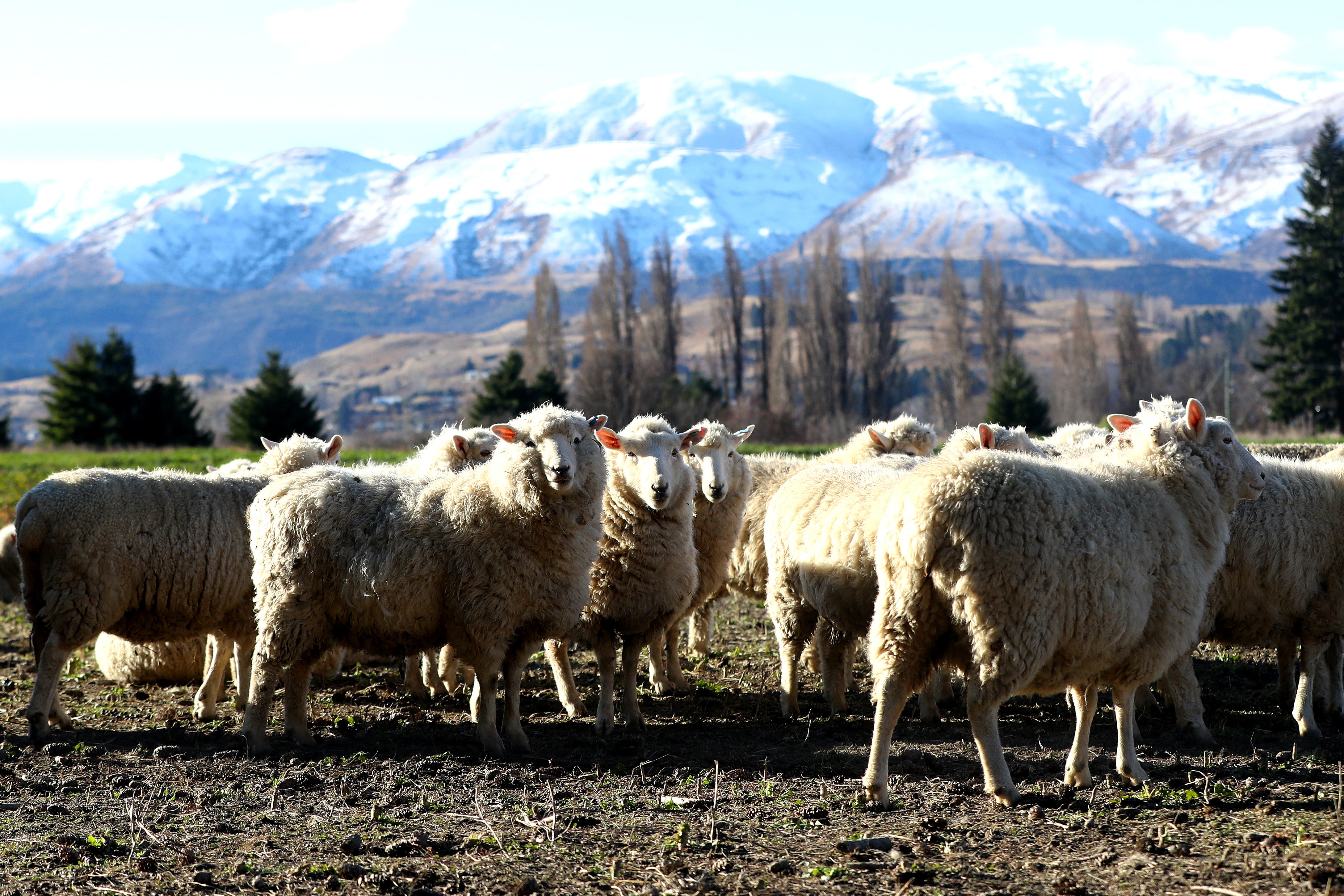
New Zealand, long the butt of jokes for its disproportionately large sheep population, is seeing its human numbers creep closer to those of its ovine counterparts. While sheep still outnumber people, the gap is narrowing, according to new government data.
The latest figures reveal a ratio of 4.5 sheep per person, a significant drop from the 22 sheep per person recorded in 1982. This shift reflects a changing agricultural landscape in New Zealand, where sheep farming once reigned supreme.
Back in 1982, sheep farming for wool and meat was the nation’s primary economic driver. However, the global rise of synthetic fibres has led to a sustained decline in wool prices, forcing farmers to diversify their land use, according to industry representatives. This adaptation has contributed to the shrinking sheep population, now standing at 23.6 million compared to a human population of 5.3 million.
By land area, New Zealand is about the size of the United Kingdom, but it has a human population 13 times smaller than the UK. That means there’s plenty of room for sheep.

For close to 150 years, the sheep industry was the backbone of New Zealand’s economy, and numbers boomed, peaking in 1982 when there were more than 70 million sheep and just 3.2 million people. Before Lord of the Rings brought waves of tourists to the country, images of green fields filled with placid sheep against backdrops of snow-capped mountains dominated the country’s marketing abroad.
But over years of decline for global wool prices since – and despite recent rallies – the national flock has steadily diminished. Now, dairy holds the biggest share of New Zealand’s agriculture and horticulture-dominant export market.
In 2023, Stats NZ, a government agency, said New Zealand in 2022 dipped below five sheep per person for the first time. The national flock had lost a million more sheep in Tuesday’s figures, which recorded livestock numbers as of June 2024.
Toby Williams, a spokesperson for sector lobby group Federated Farmers, said sheep farmers have switched to more lucrative pursuits — dairy, or the conversion of land from farming to pine forestry in order to sell carbon offsets.
“If I’m really honest, the wool industry is almost at that tipping point, if not already there, of not having a wool industry anymore,” he said.
The government has drawn up measures intended to slow the decline, including an announcement in 2024 that they will place limits on the scale of farmland that can be converted to carbon forestry.
New government procurement guidelines launched in April urge the use of New Zealand wool products – such as carpets and insulation – in newly constructed or refurbished public buildings. But those measures are not expected to halt declining sheep numbers.
Some sheep-farming countries are recording similar trends. New Zealand’s closest neighbour Australia – the source of most of the sheep jokes about New Zealanders – is also home to more sheep than people, but the national flock is shrinking there too.
The gap is slimmer: there are about three sheep per Australian.
Erin Patterson trial: Nurse says mushroom cook did not ‘look unwell’
Asian shares trade higher after Wall Street climbs moderately as Fed holds rates steady
Owners stunned as Valerie the dachshund puts on weight after 18 months on island
Erin Patterson was ‘reluctant’ for lunch guests to look in her pantry, court hears
New Zealand’s prime minister proposes social media ban for children under 16
Albanese holds ‘warm’ talks with Trump on Aukus and tariffs after election win







